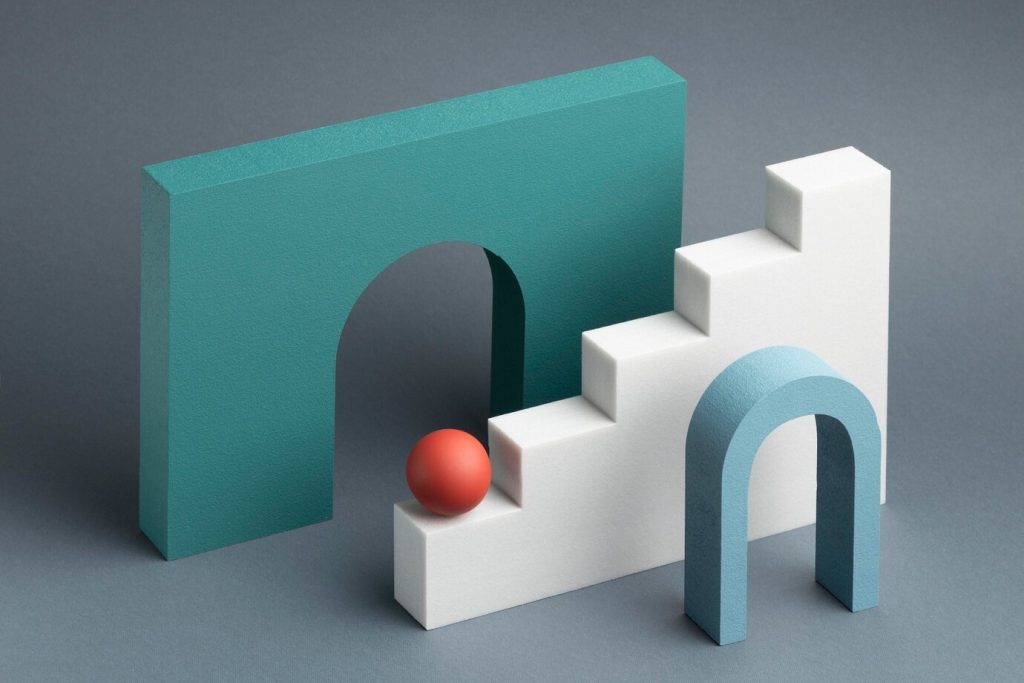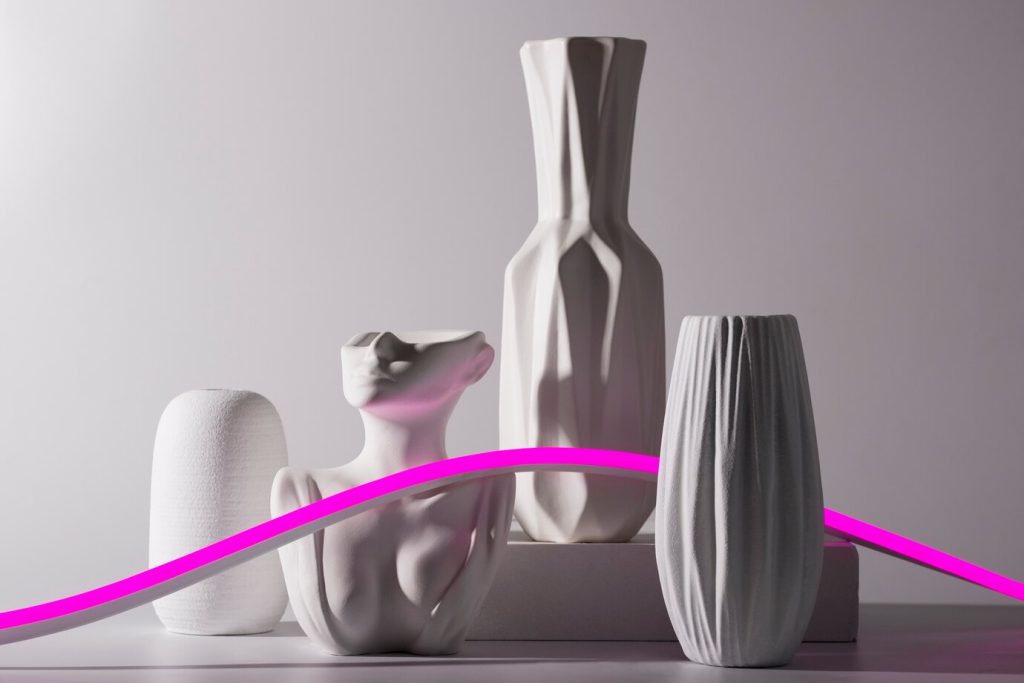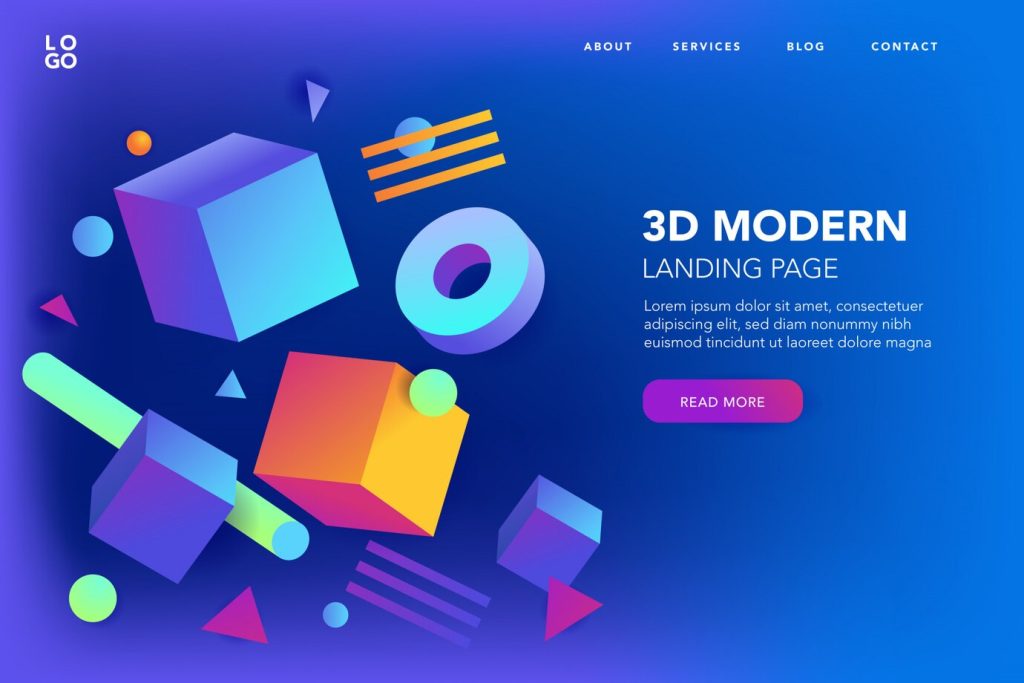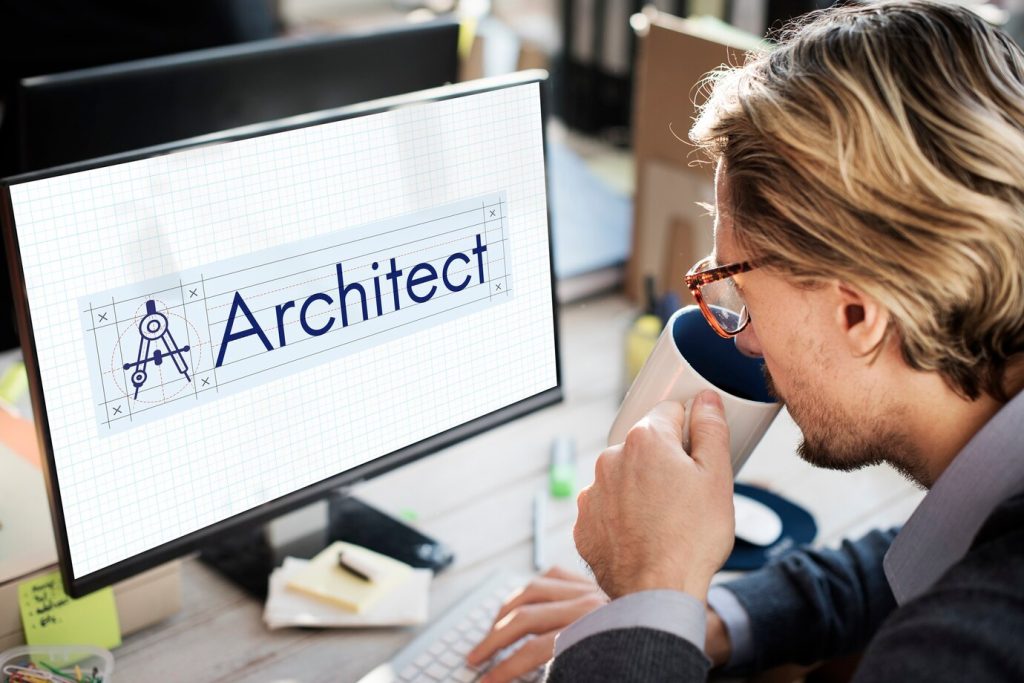
In the world of design, one of the most transformative technologies is undoubtedly three-dimensional (3D) design. This article walks you through ‘How to Transition From Concept Proposals to Completed Designs in 3D Design’.
Understanding the 3D Design Process
The ‘3D Design Process’ includes ideation, conceptualization, iteration, and final creation. Teaching yourself ‘How to Execute the 3D Design Process’ is a significant first step.

Concept Proposals: Creating a Blueprint
The first stage requires creating ‘Concept Proposals for 3D Design’. This involves brainstorming ideas, researching, sketching, and eventually developing a design brief that serves as a project blueprint.
Transitioning From 2D to 3D
‘How to Transition from 2D to 3D’ is the crux of turning a conceptual proposal into an elaborative 3D design. Utilizing software like AutoCAD, Rhino, or SketchUp can help bring your designs to fruition.
3D Iteration and Refining
‘3D Iteration and Refinement’ involves modifying and tweaking the design to perfection. Tools like 3D Max or Blender allow designers to keep refining their designs through different iterations.
Finalizing and Rendering
Lastly, ‘Finalizing and Rendering in 3D’ helps breathe life into the completed design. High-quality rendering showcases the design in its best light, adding textures, shading, and other enhancements.

Real-world Example: The Louvre Pyramid
A striking example of this process is the iconic ‘Louvre Pyramid’, designed by I.M. Pei. From an initial conceptual sketch to the grand 3D structure we see today, it perfectly illustrates the journey from concept proposal to completed design.
In summary, understanding ‘How to Transition from Concept Proposals to Completed Designs in 3D Design’ helps creators realize their vision more effectively. Remember, the path from inception to completion in 3D design is a journey of exploration, creativity, and technical mastery. Now, it’s time to take the leap and begin your 3D design voyage.


